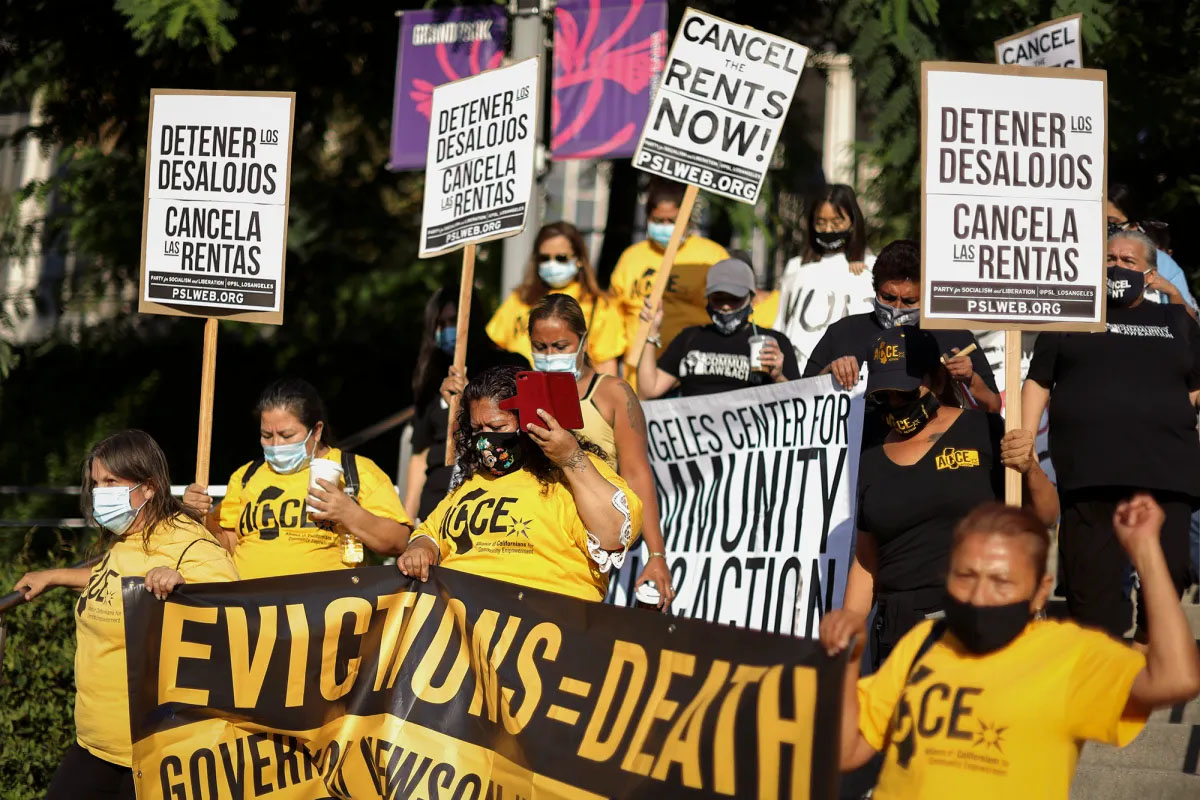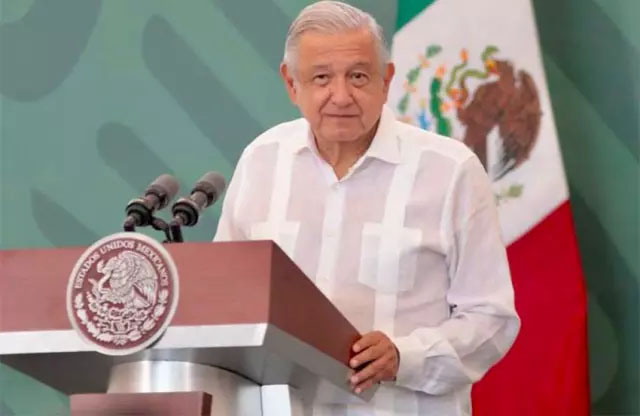CalMatters
A new study says that California has sent rent relief to only 16 percent of applicants, who are waiting months. The state disputes the analysis, but according to its figures, only 41 percent of applicants have been paid.
Only 16 percent of nearly half a million renters who applied for rent relief from the state of California have been paid, according to a new analysis released today. And the clock is ticking: Under state law, landlords will be able to evict tenants who failed to pay rent by April 1.
Of more than 488,000 households who applied for assistance since the program launched in March 2021, about 180,000 were approved. Four percent were denied, and more than half of applicants are still awaiting a response, according to the study, produced by the National Equity Atlas, Housing Now and the Western Center on Law & Poverty using state data.
But even most renters whose applications were approved are still waiting for a check, according to the analysis. Of the 180,000 households whose applications were approved, just more than 75,000 households were paid. And they still need more help: 90 percent of those households have reapplied for more money.
The number of people paid, according to the study, is significantly lower than what is shown on the state’s public dashboard — 191,000 households “served” and $2.2 billion paid.
Monica Hernández, a spokesperson with the California Department of Housing and Community Development, disputed the report’s findings and said that the state’s dashboard has “the most current and accurate numbers.”
Of 467,000 complete applications to date, 191,000 payments, or 41 percent, have been made, she said, and each week more than $80 million is going out to more than 8,000 households.
The study’s authors said they stood behind their analysis, which shows that $900 million has been paid (“application complete, paid” in the state’s data), while another $1.15 billion has only been approved (“application complete, payment pending”).
“It doesn’t matter if you have a piece of paper that says you’re approved, you need the money,” said Madeline Howard, a senior staff attorney at the Western Center and co-author of the report. “It doesn’t reflect the experience of the tenants who are living this day to day.”
The study also found that applicants waited a median of more than three months to get an approval, and another month to get paid — 135 days total. The wait times have been getting shorter, however: Households who applied for aid last March waited about six months to get paid, while those who applied in October faced a wait time of just less than four months.
In her emailed response, Hernández said that the wait time measure “does not account for the different rules that different applications applied under at different times” or “for incomplete, duplicate, or potentially fraudulent applications that we are just now clearing out of the data.”
California received about $5.2 billion from the federal government to help renters stay housed and keep landlords paid. The state is in charge of administering about half of that, while 25 cities and counties are administering the rest. The new study focuses on the state program, which covers nearly two-thirds of Californians.
In January, the state received $62 million in additional federal aid, or only 3 percent of the nearly $2 billion it requested in November. On March 15, the department announced it had received an additional $136 million. Still, California received one third of the funds reallocated by the U.S. Treasury, which Hernandez said spoke to federal officials’ “confidence in our ability to distribute funds to households in need in a timely fashion.”
According to Hernández, a budget bill the Legislature passed in February that allocates General Fund dollars to state and local rent relief programs “means that every eligible applicant seeking assistance for eligible costs submitted and incurred on or before March 31, 2022, will be assisted.” The state law allows the state to pay people quicker as they wait on Treasury, but it also means that if the federal government doesn’t foot the bill, California will.
That also means March 31 is the new deadline to apply for rent relief, according to an email from HCD spokesperson Alex Traverso on March 9.
The new study is the most complete look yet at how rent relief is going in California.
The full data set was not released to the Western Center through the state Public Records Act until after the center announced its intent to sue the Department of Housing and Community Development, which administers the program with the help of a private contractor. Repeated Public Records Act requests for the full data set had previously been denied. These groups have been tracking California’s eviction and rent relief efforts from the beginning.
CalMatters has requested similar data from the state through several Public Records Act requests and had been repeatedly told the data did not exist.
“We don’t track data and create a report on dates that folks applied and then they received a response. What we do is we’re able to look at the age of applications within the system and make sure that all applications are assigned by a certain date,” Geoffrey Ross, deputy director for the Division of Federal Financial Assistance at the housing department, told CalMatters on Oct. 11.
Hernández said that statement was accurate at the time.
A state ban on evictions for non-payment of rent went into effect at the start of the pandemic and was extended several times. That protection ended last October — with one condition. Through March 31, landlords would be blocked from evicting tenants over non-payment of rent through Sept. 30, 2021, if they had applied for rent relief from the state. That additional layer of protection disappears on April 1.
“I’m really confused as to why we haven’t heard anything to extend the eviction protections,” Howard said. “People are waiting. They don’t have their money.”
The state rent relief program continues to face other challenges that have persisted from its inception, according to another recent survey of 58 tenant organizations across the state by Tenants Together, an advocacy group. Ninety percent of survey respondents reported difficulties accessing the application and 82 percent reported difficulty getting information about their applications.
The survey found that California’s most vulnerable tenants — including non-English speakers, seniors, and people with informal leases — continue to face the greatest hurdles to getting rent relief.
“There’s I think a lack of understanding in the Legislature that people become homeless after they’re evicted from their homes,” said Shanti Singh, legislative and communications director for the group that conducted the survey.
Manuela is the housing reporter for CalMatters. Her stories focus on the political dynamics and economic and racial inequities that have contributed to the housing crisis in California and its potential.











